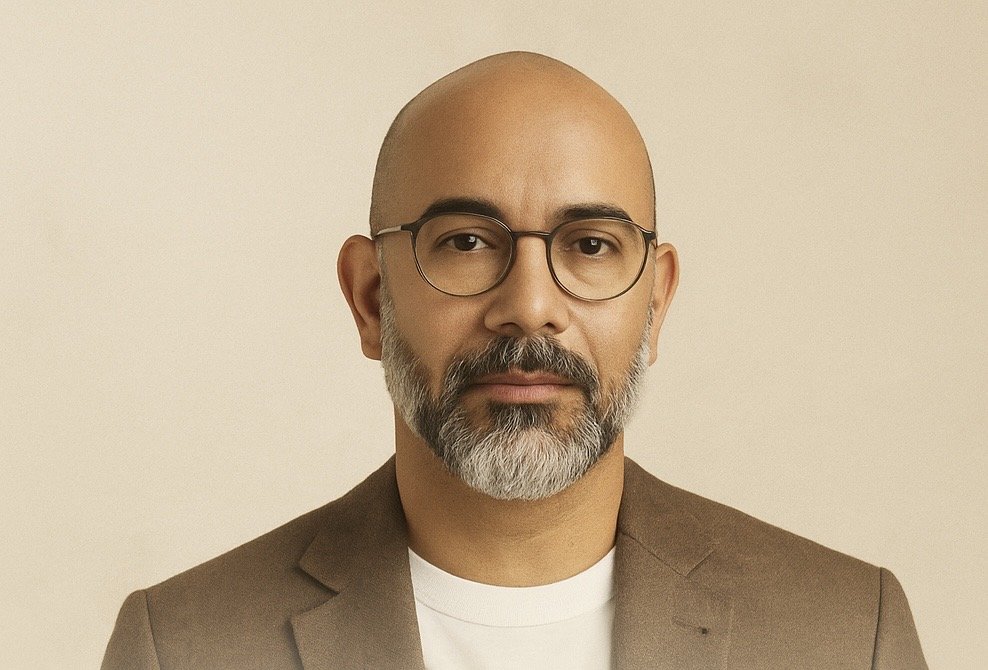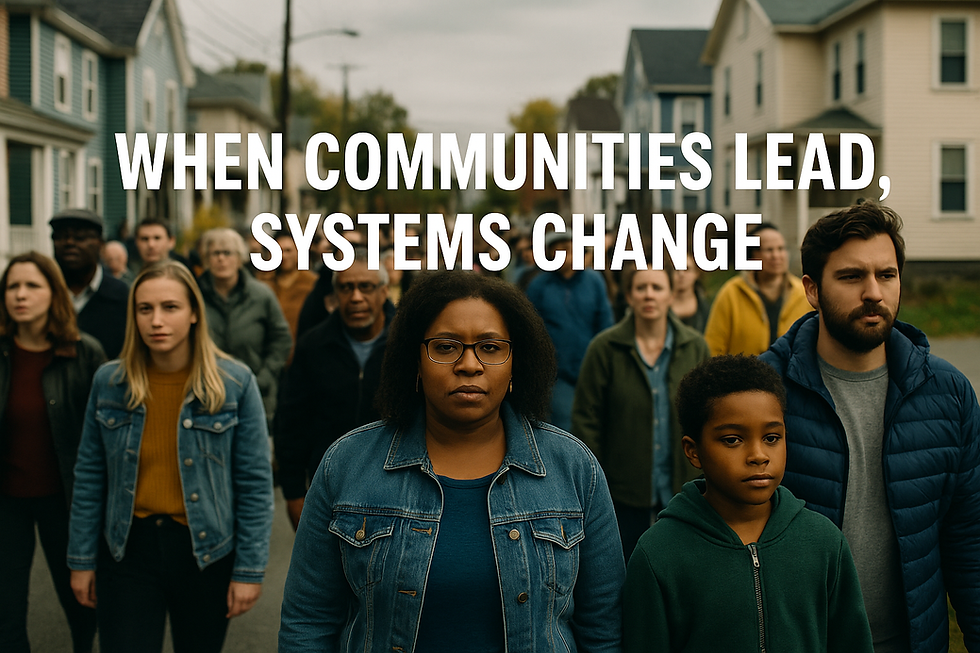When Communities Lead, Systems Change
- Dr. Wil Rodriguez

- Aug 7
- 3 min read
By Dr. Wil Rodríguez
TOCSIN Magazine

Introduction: The Illusion of Inclusion
We live in a time of official invitations. Panels. Town halls. Listening sessions.
Everywhere, institutions are calling communities to the table—asking them to speak, to advise, to participate. But what happens when the table itself is broken? What does it mean to participate in a structure that was never designed with you in mind?
Inclusion is not the same as power. And most “inclusive” systems operate like museums: they showcase community, but they do not move with it.
This piece is not about representation. It’s about reconfiguration. It’s not a report on community engagement. It’s a chronicle of what happens when those who’ve been asked to wait begin to lead.
Because when communities lead, systems don’t just listen.
They change.
I. The False Architecture of Inclusion
For decades, power has spoken in the language of inclusion.
“Let communities participate.”
“Bring them to the table.”
“Engage the grassroots.”
But inclusion into what? A broken table? A rigged agenda?
Most official invitations come with preconditions: sanitize your anger, speak on schedule, don’t touch the budget. Communities are told to share stories, not shape structures.
Inclusion, as it’s often practiced, is not power. It’s proximity to power.
And proximity can be a trap.
So communities stopped asking.
They began to lead.
II. Leading from the Roots
Real leadership doesn’t always look like a podium.
It looks like a grandmother running a neighborhood safety circle.
A teenager mapping food deserts on paper and phone.
A mother hosting trauma circles in her living room.
When communities lead, they don’t tweak programs.
They redesign principles.
Take the elders in Ponce who turned grief into public safety through relational trust—not policing. Or the youth in Oakland rewriting education through murals, local archives, and climate adaptation.
These are not exceptions. They are instructions.
III. What Changes When Communities Lead?
When communities lead:
Priorities shift from metrics to meaning.
Accountability flips—systems must justify their extraction.
Design transforms—spaces are made for memory, not just compliance.
Healing becomes method—not aftermath.
Funding becomes fuel, not control.
Partnership becomes reciprocity, not performance.
Evaluation becomes learning, not surveillance.
The shift is not cosmetic. It’s architectural.
IV. The Tension: Power Resists Humility
When communities lead:
Bureaucracies stall.
Nonprofits redirect.
Funders impose timelines.
Academics extract.
Why? Because grassroots leadership exposes the lie: systems have always relied on the labor and brilliance of the people they exclude.
But the shift is already happening—without permission.
V. Memory as Method
Some of the most radical leadership today is not invention—it is memory.
Afro-Caribbean collectives reviving cooperative economics.
Indigenous communities governing through ancestral circles.
Diaspora rituals returning in migrant kitchens and rooftops.
Memory is not nostalgia.
It is design.
Communities are not just surviving—they are remembering forward.
VI. This Is Not About Representation
Representation without redistribution is decoration.
Inclusion without decision-making is distraction.
When communities lead, the question is not who speaks at the table.
It’s who built the table, where it sits, and who eats first.
This is not symbolic work.
It is sovereign work.
VII. Vision: Designing with, Not For
For institutions that want to support this shift, ask:
Are we funding with flexibility?
Are we planning with humility?
Are we measuring with consent?
Are we documenting with love?
Communities don’t need to be empowered.
They need to be uninterrupted.
VIII. Manifesto for the Next Chapter
When communities lead, systems do not collapse.
They transform.
They become slower, more just, more local, more loving.
And that future is already here—in kitchens, WhatsApp groups, after-school gardens, and repair circles.
It cannot be scaled.
But it can be followed.
Reflection Box: Begin Where You Are
Before asking communities to speak, ask:
Have we made silence safe enough to carry truth?
Before designing a program, ask:
Has someone already built it, beautifully and unpaid?
Before you try to lead, ask:
Where is leadership already happening that we haven’t honored?
Because leadership is not always loud.
Sometimes it is a seed.
Sometimes it is a refusal.
Sometimes it is a circle that heals before it organizes.
Start there.
Lead from where it already lives.
Invitation from TOCSIN Magazine
At TOCSIN, we document the future as it emerges from the ground up.
We are a platform for community blueprints, radical models, and unheard instructions for system transformation.
We publish not just thought—but practice.
If you are part of something quiet, fierce, and local—submit it.
If you are designing without applause—let us witness.
Because when communities lead, systems change.
And so must the stories we choose to tell.






Comments